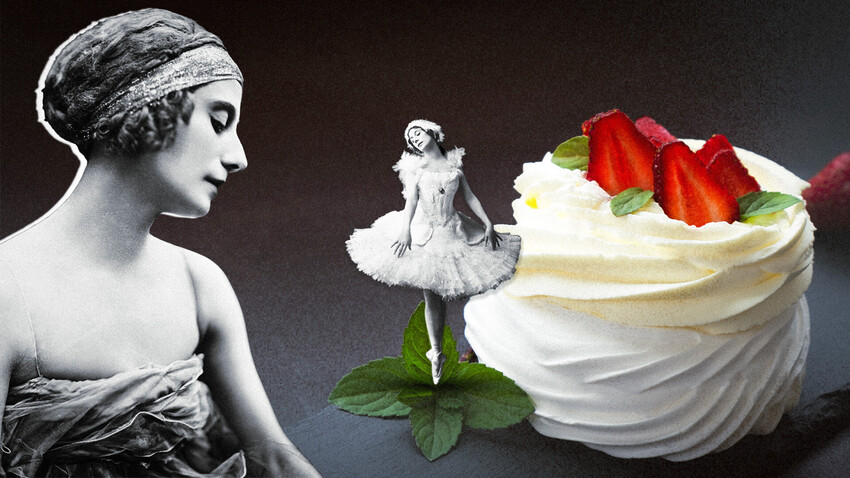
Airy whipped cream, fresh berries and lush meringue resembling a ballet tutu - the ‘Pavlova’ dessert is now world famous.

Australia and New Zealand are still debating about whose patisserie invented and served this dessert first. But, what is certain, it was created after Anna Pavlova's Antipodean tour in 1926, when both countries were enchanted by the Russian ballerina’s grace. Read more about the dessert here.
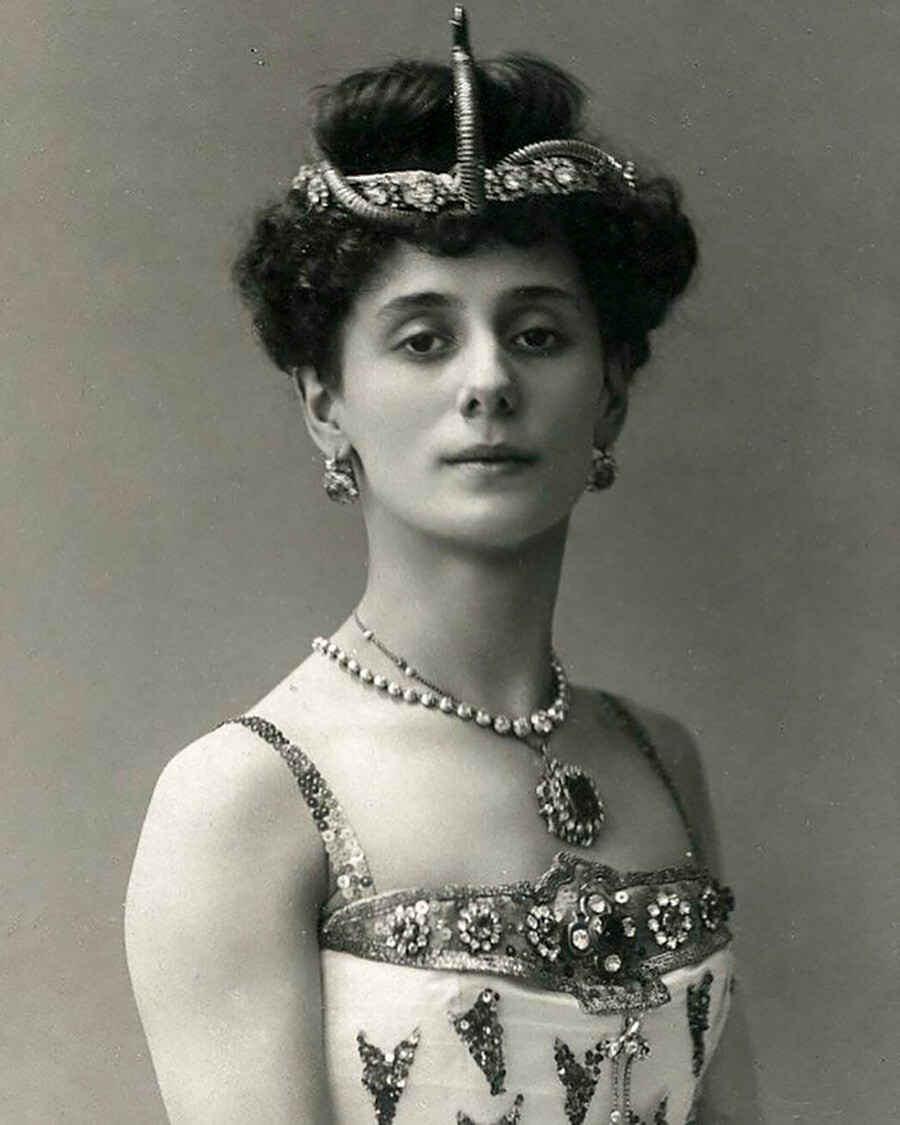
Pavlova as Princess Aspiccia (ballet "Pharaoh's Daughter"), 1910
K.Fischer/Public domainBy that time, Anna was already a truly living legend, having toured the whole world. And it was largely thanks to Pavlova that Russian ballet became a recognizable global brand.
Why is it that among the whole pantheon of Russian ballerinas of the early 20th century it was Pavlova who became a legend? It's all about airiness, which was immortalized in the meringue.
Her incredible lightness was noted by all contemporaries who saw her dance. " It seemed she had no more flesh than a snowflake," Tamara Karsavina, another famous ballerina, once said about her colleague.
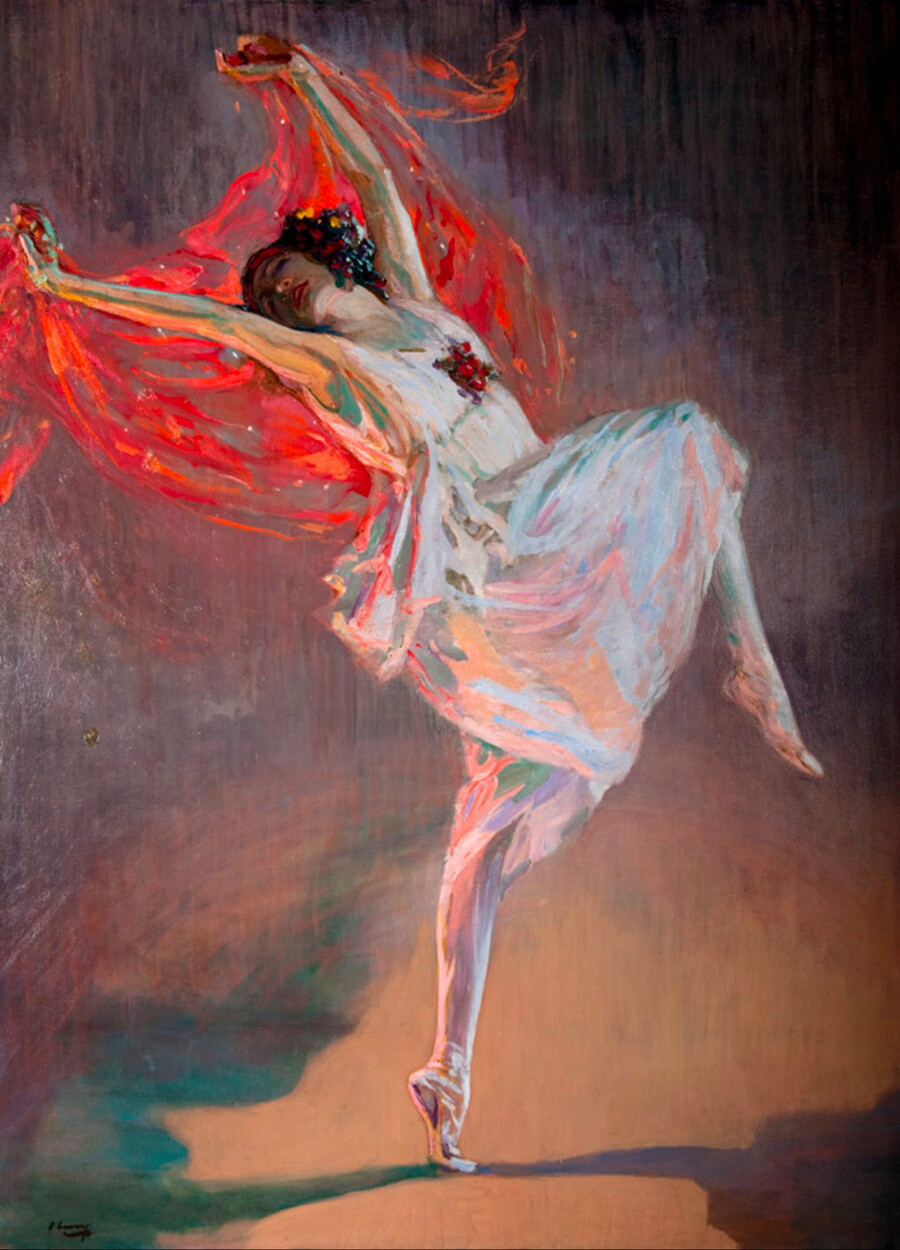
Irish artist John Lavery. Anna Pavlova as Bacchante (ballet "The Seasons")
Kelvingrove Art Gallery and MuseumGraduating from the Imperial Theater School in St. Petersburg in 1899, Pavlova was accepted into the Mariinsky Theater Company immediately after her final exam. Her talent was so promising that, having jumped over the stage of a corps de ballet dancer, she began getting notable roles. From 1902, she was already soloing as Giselle, Nikiya in 'La Bayadere', Odette and Odile in 'Swan Lake' and Kitri in 'Don Quixote'.
Her work was endorsed by Marius Petipa himself, the French choreographer who essentially created Russian ballet as we know it today and who staged most of the legendary ballets.
Ballet historian Valerian Svetlov wrote that Pavlova possessed "the rare secret of breaking the laws of earthly gravity and fluttering through the air with extraordinary ease."
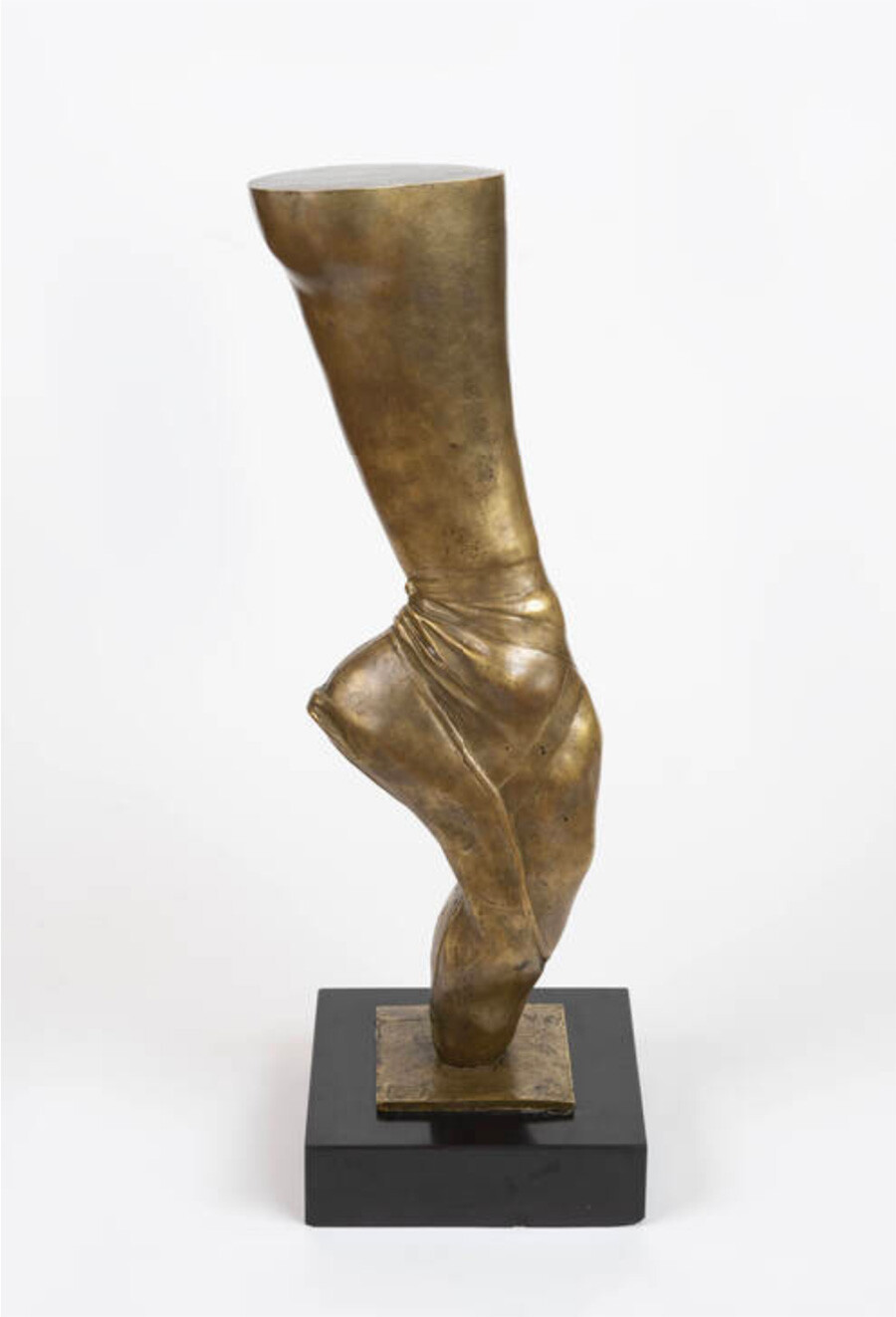
Pavlova's foot by sculptor Boris Fredman-Kluzel
Museum of Theater and Musical ArtHer foot had too high an instep and it's incredibly how she even could stay on her finger tips. Pavlova put a special padding in her pointe shoes, in order to get more support for her feet. Today, most ballerinas use exactly the same shoe type. In 1913, sculptor Boris Fredman-Kluzel captured Pavlova's incredible curved foot in bronze.
Particularly productive was Pavlova's creative tandem with young choreographer Michel Fokine. It was him to stage the choreographic miniature ‘The Swan’ for the ballerina, first performed in 1907 at the Mariinsky Theater (Many people mistakenly consider it part of the ballet 'Swan Lake', but it is a separate composition). It later became better known as 'The Dying Swan'.
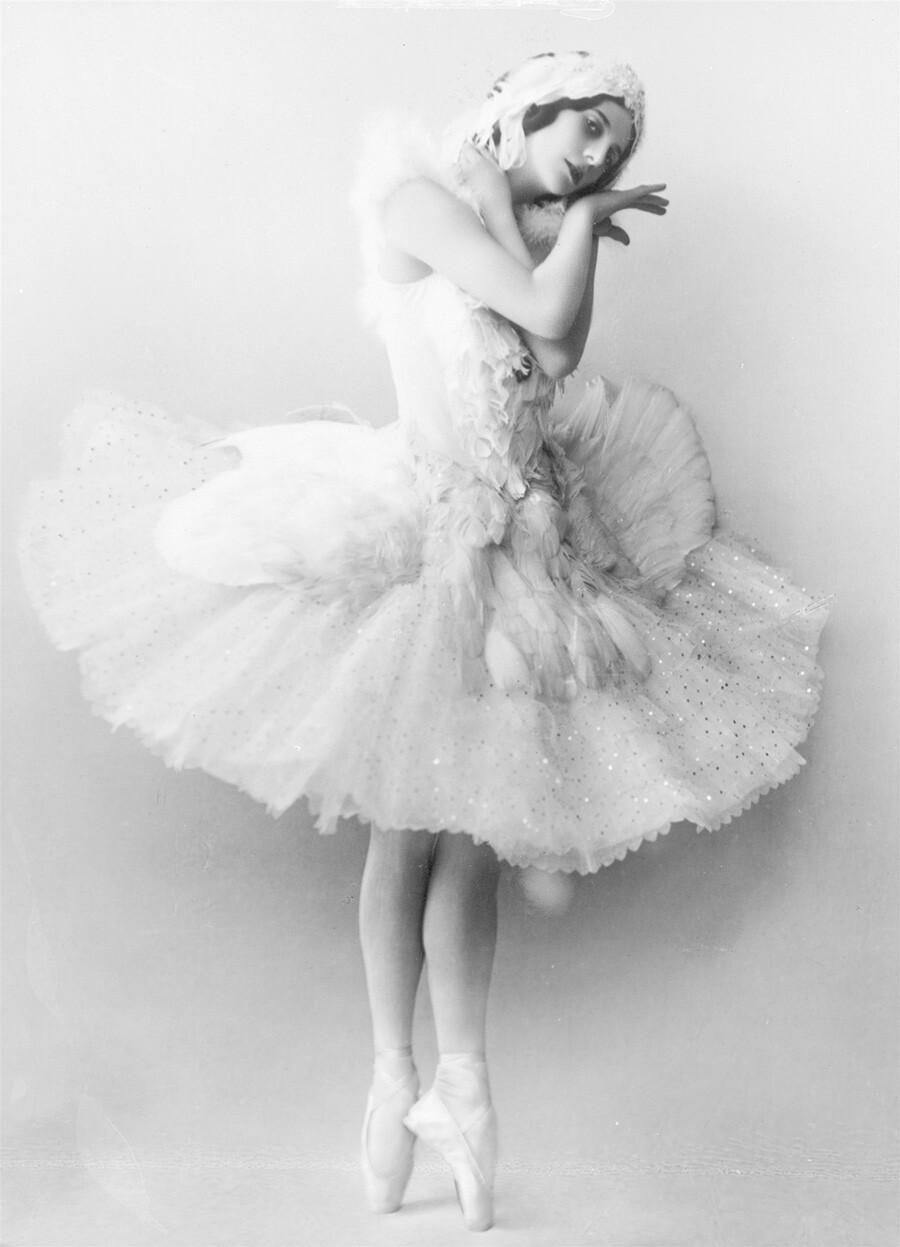
Anna Pavlova as the Dying Swan
Museum of London/Global Look PressThe audience was amazed not only by the drama and incredible dance skill, but also by the way Pavlova convincingly performed the role of the swan, how her hands filigree imitated the movements of the bird's wings.
This number would become the ballerina's "calling card" and she would perform it on tour around the world. The ballerina died at the age of 49 in 1931, due to complications from a cold, but performed to the last.
"Prepare my swan costume!" allegedly were the artist's last words.
A video of one of Pavlova's performances with this number has been preserved.
Pavlova's star shone not only for the whole of St. Petersburg. Already in 1908, with the dancer Adolf Bolm, they gathered a small company and went on their first tour of Europe. And, in 1909, Pavlova conquered Paris, dancing in several premiere ballets performed by Sergei Diaghilev's ultra-popular ‘Ballet Russes’.
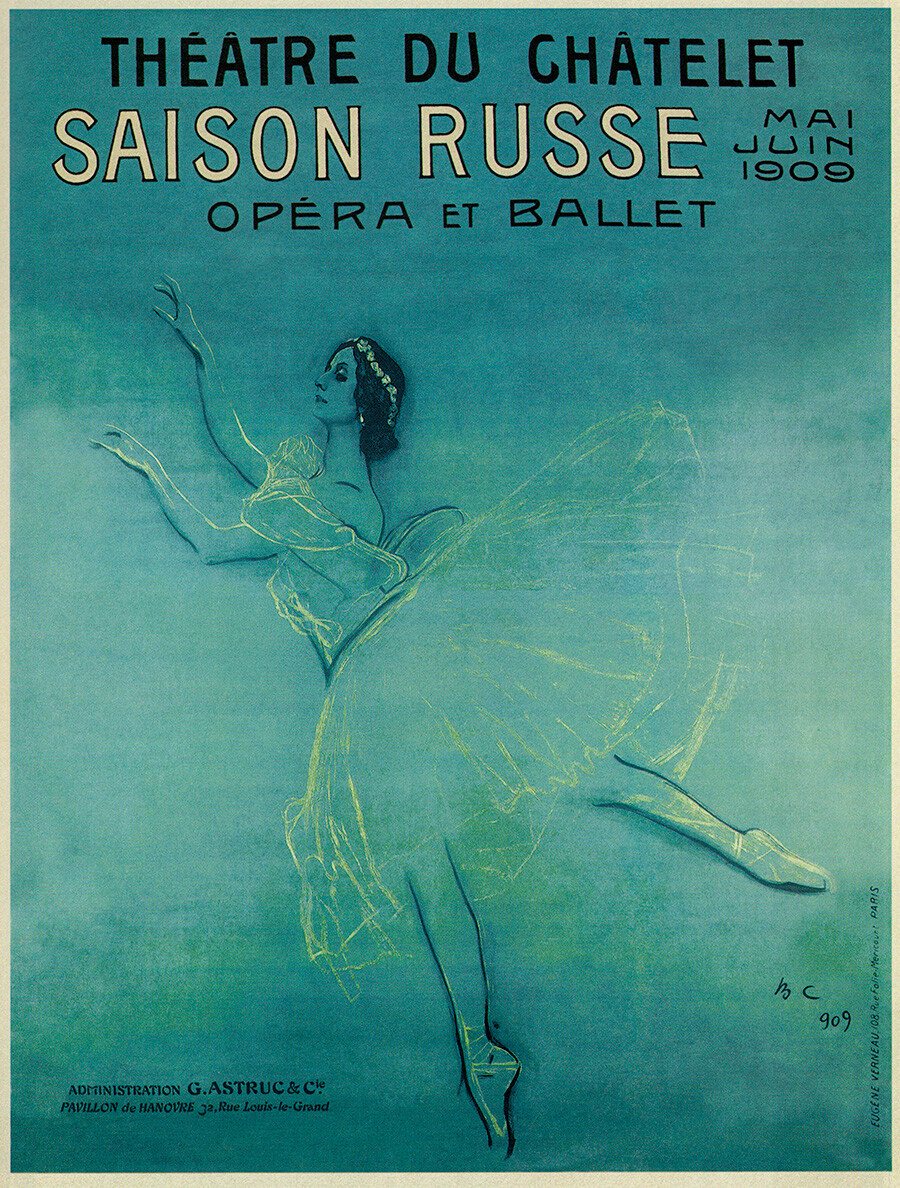
Valentin Serov. Advertising Poster for the Ballet dancer Anna Pavlova in the ballet Les sylphides by F. Chopin, 1909
Fine Art Images/Heritage Images/Getty ImagesHowever, the ballerina didn't stay in Diaghilev's company. By that time, she had already composed her own dance numbers and decided to organize her own ballet company.
In 1914, Pavlova gave her last performance in Russia and with the outbreak of World War I, she moved to London. She didn't spend much time at her new home, though, as she began touring all over the world.
Pavlova performed in dozens of countries from Australia, New Zealand, the Philippines, Malaysia, Japan, China, India, Egypt, to many Latin American countries and, of course, the United States and Europe. In some countries, she was the first ever person to perform ballet.
Pavlova's visit to Mexico in 1919 was a real milestone. The country had just recovered from a revolution and, for the safety of the ballerina and her troupe, then President Venustiano Carranza ordered 200 soldiers to be placed on the roof of their train as their escort.
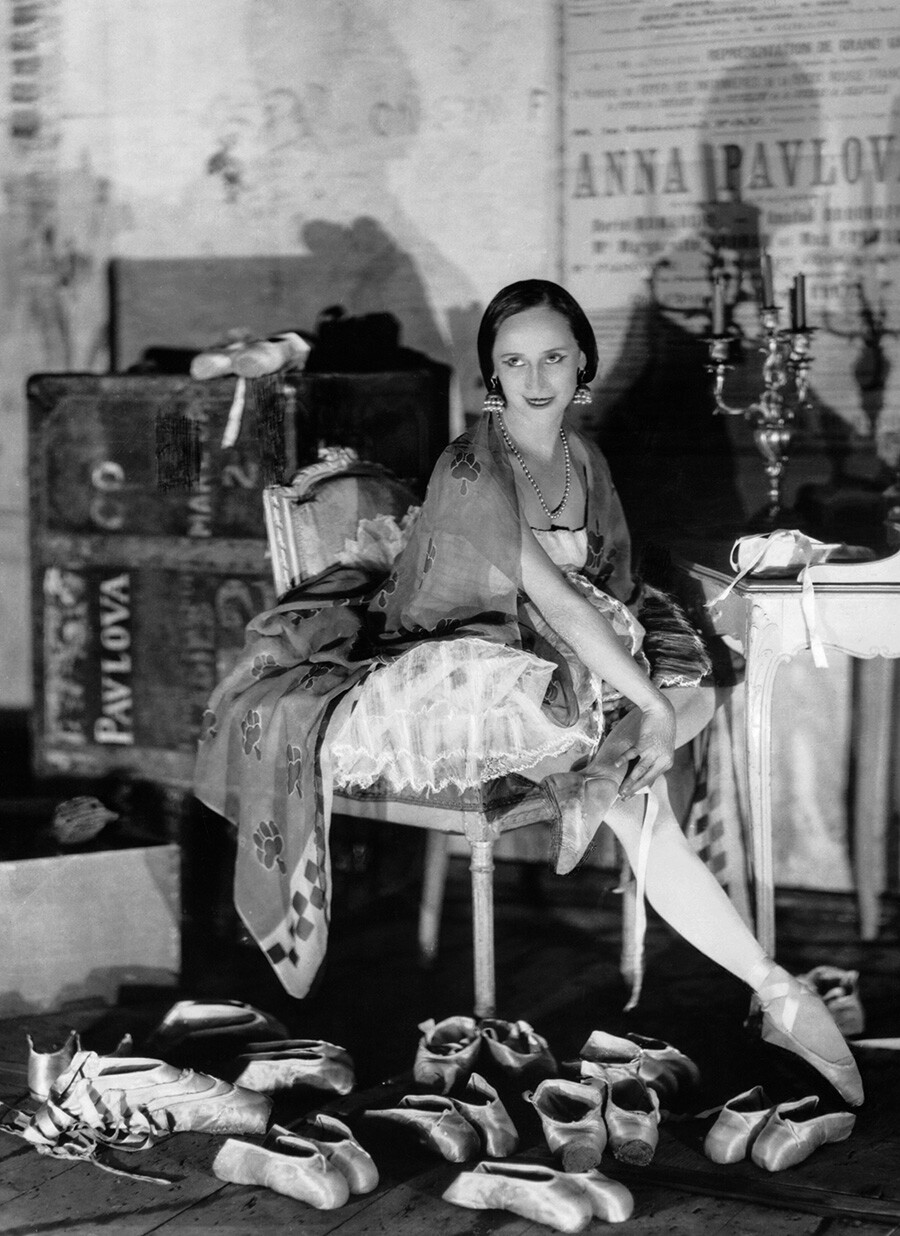
Anna Pavlova prepares her many pairs of ballet slippers in her dressing room before a performance in Paris
Corbis/Getty ImagesIn Mexico City, Pavlova put on several performances in a ‘corrida’ (bullfighting) arena. She demonstrated not only ballet classics, but also staged a dance number titled ‘Mexican Fantasies’, based on local folklore. Six years later, Pavlova returned to Mexico, once again enamoring the Spanish-speaking audience in the ‘Don Quixote’ ballet.
Mexican poet Ramon Lopez Velarde even wrote a poem titled ‘Anna Pavlova’, entirely dedicated to the ballerina's divine feet. Check out the original verse in Spanish here.
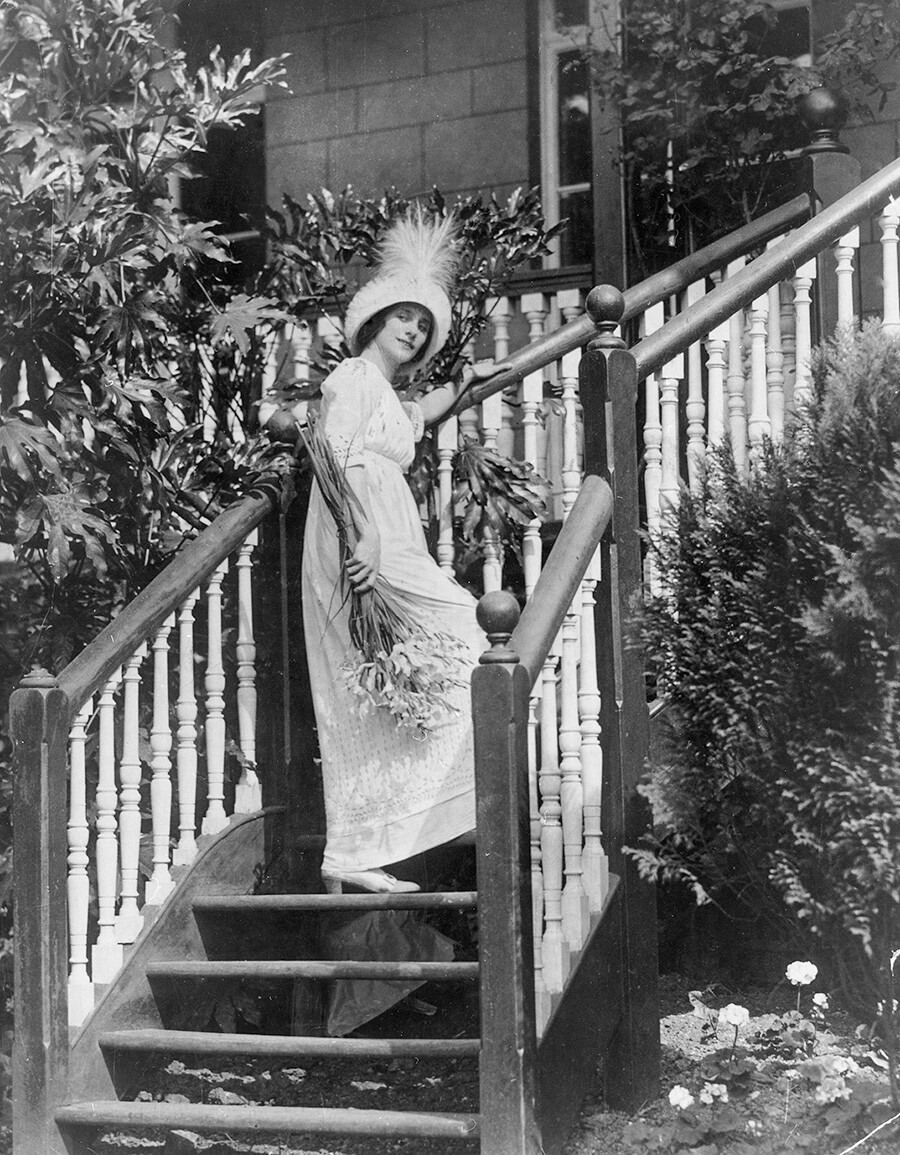
Anna Pavlova at her house in Hampstead, London, 1912
ullstein bild/Getty ImagesIn almost every country, Pavlova was honored with awards or received adoration in other ways. Not only desserts, but also asteroids, algae, plains on Venus, airplanes and streets were named in her honor.
In the Netherlands, a specific type of specifically bred white tulips were named ‘Anna Pavlova’.
While the ballerina was still alive, a golden statue of her was installed on the dome of London's Victoria Palace Theater (it was lost during World War II, but was re-installed in 2006).
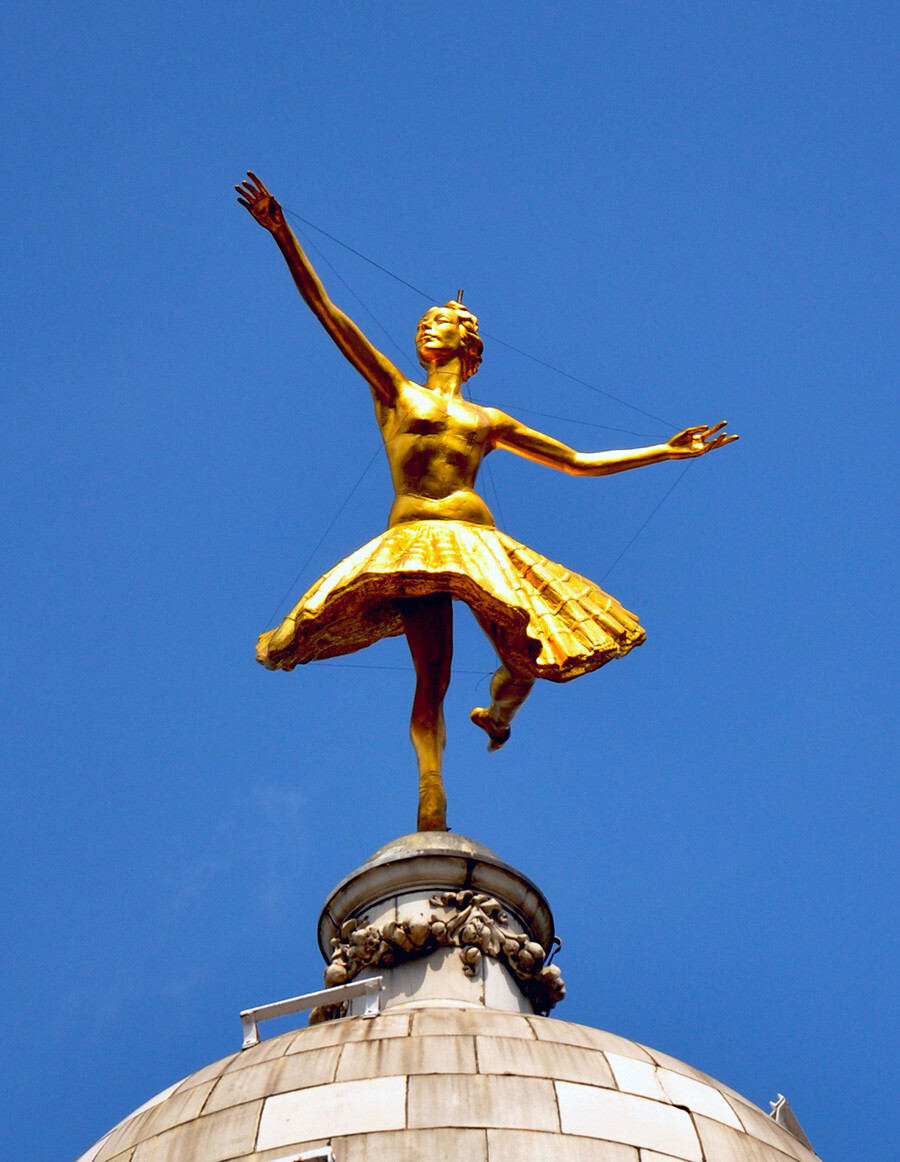
Pavlova's statue atop of Victoria Palace Theatre in London
Andreas Praefcke (CC BY)Until recently, a special seat was even reserved for Pavlova's ghost (!) at every performance at the theater. Allegedly, the theater staff once saw the ghost dancing on an empty stage when there were no performances. This tradition was stopped only in 2016, when the theater began to run ‘Harry Potter and the Cursed Child’ play and Pavlova's place was given back to the attending audience. But, to commemorate her, a few years ago, the ‘Pavlova’ bar opened in the theater’s neighborhood.
Dear readers,
Our website and social media accounts are under threat of being restricted or banned, due to the current circumstances. So, to keep up with our latest content, simply do the following:
If using any of Russia Beyond's content, partly or in full, always provide an active hyperlink to the original material.
Subscribe
to our newsletter!
Get the week's best stories straight to your inbox